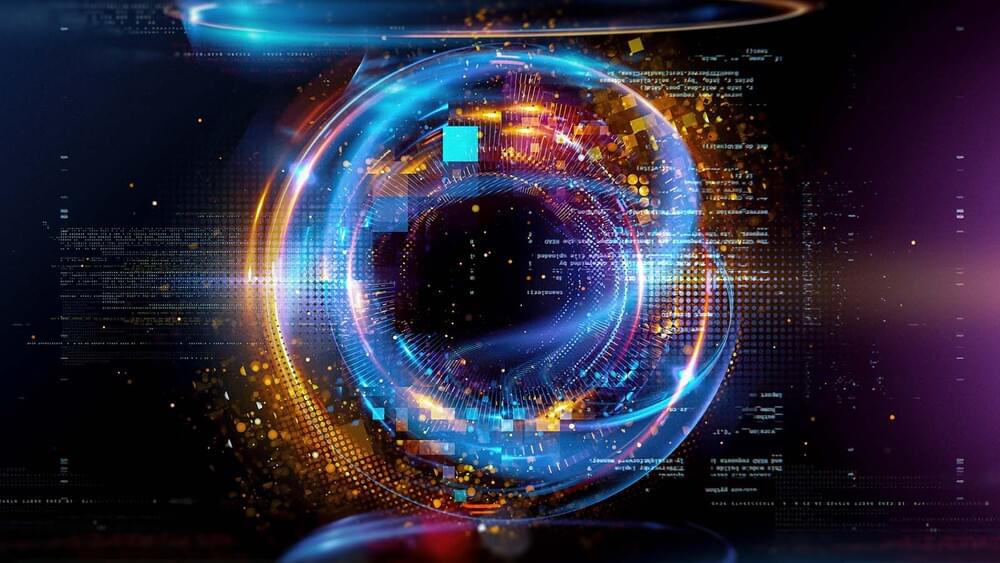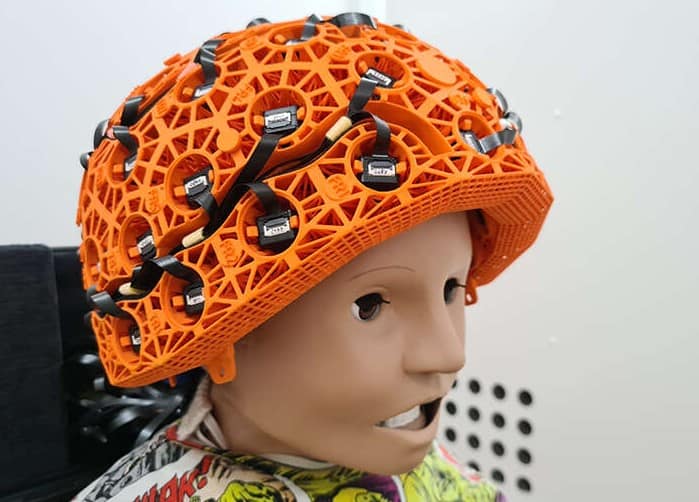Offers relief treatments for all different types ofs, including migraines and clusters.


SHINE Technologies.
With the world looking for cleaner ways to meet its energy demands, nuclear power is gaining favor once again as a low-carbon source of energy. Companies are also focused on harnessing energy from nuclear fusion instead, which does not raise concerns about nuclear waste.

In the fascinating landscape tech realm, quantum computing stock opportunities could prove to be incredibly lucrative over time. The notion of quantum computing, born over two decades ago, is now gaining solid traction on The Street. Moreover, the technology, rooted in the mysteries of quantum mechanics, aims to boost computing speeds significantly.
The advancements in quantum computing are impossible to ignore, with continuous improvements and decreasing development costs. Moreover, the sector’s convergence with cloud computing opens doors for broader accessibility among researchers and software developers.
Furthermore, as the digital economy and artificial intelligence sectors grow, global spending on cloud computing is expected to reach a whopping $1 trillion annually within the next decade. Quantum computing appears to be on the cusp of becoming a game-changer, and it might be the most opportune time to load up on affordable quantum computing stocks.
In Switzerland, there’s a new cryonics company: and they invited me to have a look around. I had questions: legal, practical, and ethical, and I want to be clear: this is not an endorsement. I just wasn’t going to turn down that invitation. ■ Tomorrow Bio: https://www.tomorrow.bio/
Camera: Martin Bäbler.
I’m at https://tomscott.com.
on Twitter at https://twitter.com/tomscott.
on Facebook at https://facebook.com/tomscott.
and on Instagram as tomscottgo.



Anaplastic large cell lymphoma, a form of non-Hodgkin lymphoma, is the most common aggressive lymphoma in children. Chemotherapy and radiation fail to cure about 30% of cases. When tumors are driven by the oncogene ALK—which is the case for the majority of children—kinase inhibitor drugs like crizotinib are very effective in blocking tumor growth. They also lack the serious side effects of chemotherapy.
However, ALK inhibitors also very expensive—about $80,000 a year—and must be taken for a lifetime. As soon as they’re stopped, the lymphoma comes back. Roberto Chiarle, MD, a hematopathologist and researcher at Boston Children’s Hospital, wanted to know why.
“ALK inhibitors can control the lymphoma, but you cannot reach a cure,” he says. “Why do lymphoma cells persist for so long?”
Scientists have shown that a protein called NLRP11 has an essential role in the immune system; it alerts the body that a bacterial infection is occurring, triggering an immune response that battles the bacterial invader. NLRP11 appears to identify bacteria that are taken up by immune cells called macrophages, by recognizing a part of the bacterial coat. These findings have provided new insights into our understanding of the immune response to bacterial infection, and have been reported in Science Immunology.
The NLRP11 protein is expressed by humans, but not mice, which are a common animal model for infection. In this study, the researchers overcame that gap by using a mouse model that expressed a so-called humanized immune system. Humanized mice have been grafted with human cells and tissues so they replicate human biological functions more accurately.

